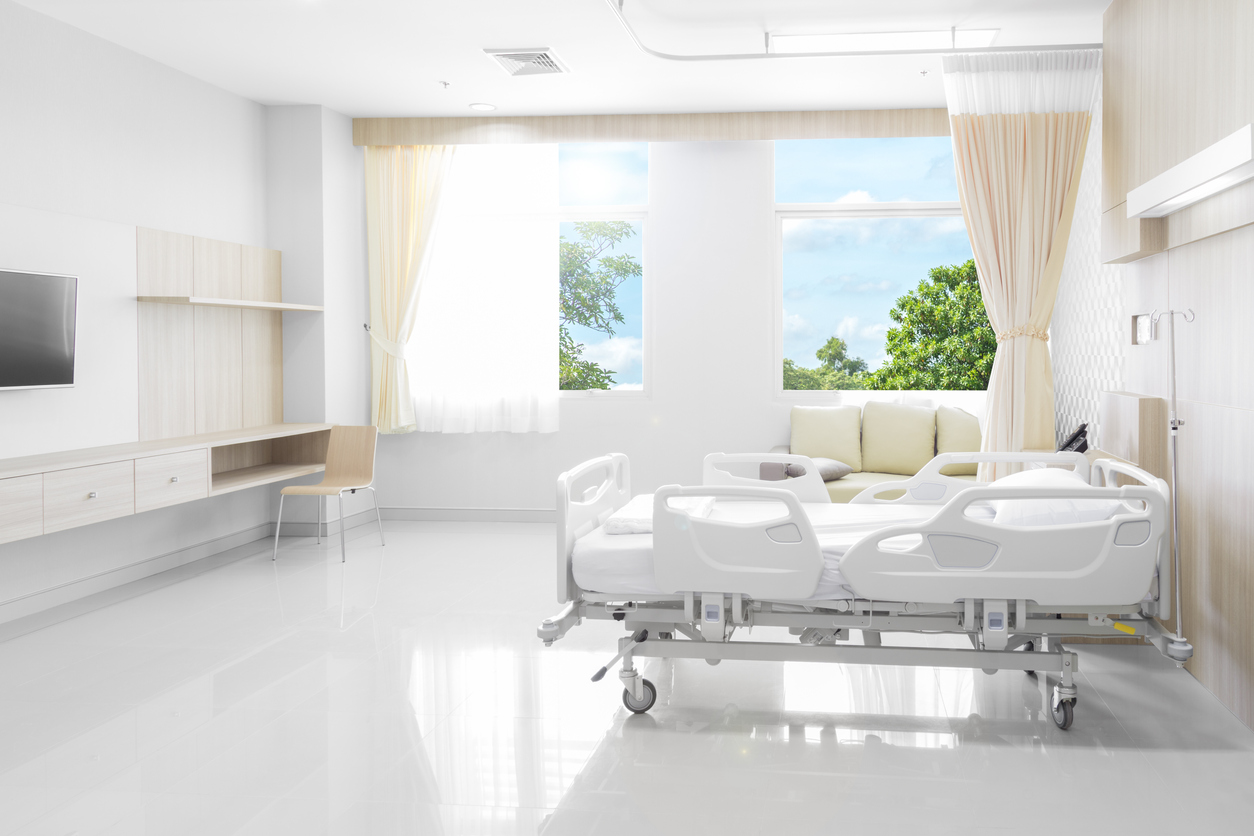Over the past few years, medical facilities have moved towards making equipment purchasing decisions based on a value-based system. This means that the top criteria for purchasing new equipment are quality of care, best outcomes and improved patient satisfaction for the lowest total cost of ownership.
Along with these new criteria, space has also become a premium. Now, practically every medical facility is trying to improve patient flow within the small spaces they are working in.
Here are four factors to consider if your facility is embarking on a structural remodeling, expansion or new construction project to accommodate additional equipment needs:
1) New Equipment Requirements
A careful analysis needs to be done of the additional equipment that's required as well as the benefit of replacing existing equipment that is no longer the best choice. Considerations would include selecting products that:
- are compact
- support workflow efficiency
- increase patient comfort and experience
- are easy to work with
- are technologically advanced
- are IT/EHR compatible
- have proven reliability
2) Equipment Cost
Modern medical equipment is pricey, yet if you are to provide patients with the latest technology, it's essential. Avoid the mistake of selecting equipment on price alone, but consider the overall cost factors, including:
- Physical size: All things being equal, compact equipment requires less floor space and frees up space for other equipment (and staff).
- Acquisition and Installation cost: Factor in shipping, assembly and installation costs.
- Operating cost: Determine the annual running costs; these may vary considerably depending on utility requirements, servicing, supplies and spare part costs.
Base your purchasing decisions on the total cost of ownership rather than just on purchase price.
3) Equipment Logistics
Coordinating facility logistics can be a nightmare because it's almost impossible to accurately predict each phase of the project. One of the best ways to tackle this is to store materials and equipment off-site in a secure storage facility and to control deliveries from there. This limits the possibility of equipment damage and is useful as it provides space to stage and assemble new equipment before delivery to the new treatment facility.
4) Medical Equipment Planning
The selection, procurement, and installation of healthcare equipment is a specialist undertaking that needs to be carefully coordinated, especially from the viewpoint of ensuring that treatment facilities are laid out in such a way as to maximize efficiency and utilization. This is a compelling reason for engaging equipment specialists who understand healthcare facility logistics and who are experts in this field.
About CME: CME Corp is the nation’s premier source for healthcare equipment, turnkey logistics, and biomedical services, representing 2 million+ products from more than 2,000 manufacturers.
With two corporate offices and 35+ service centers, our mission is to help healthcare facilities nationwide reduce the cost of the equipment they purchase, make their equipment specification, delivery, installation, and maintenance processes more efficient, and help them seamlessly launch, renovate and expand on schedule. Contact us here for more information or call us at 800-338-2372.



